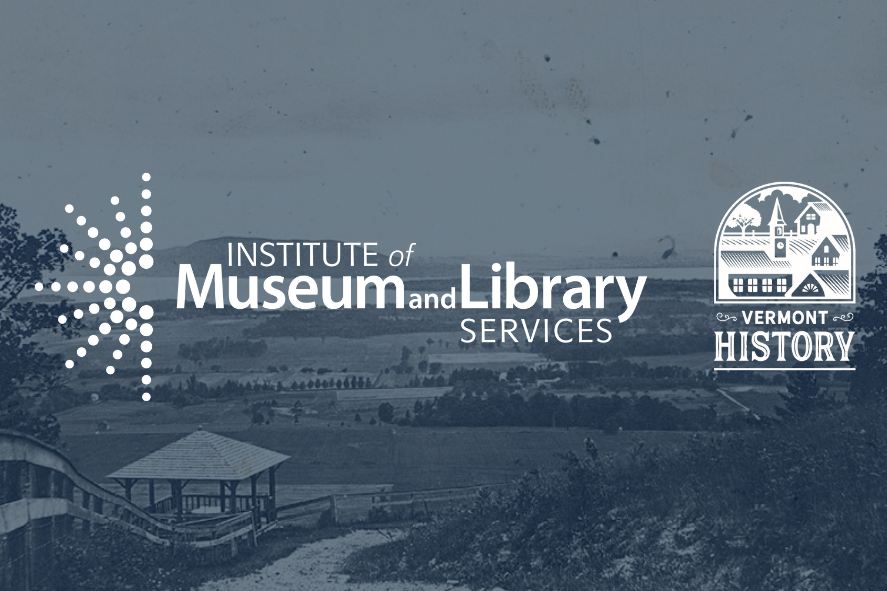An Olympic Centennial
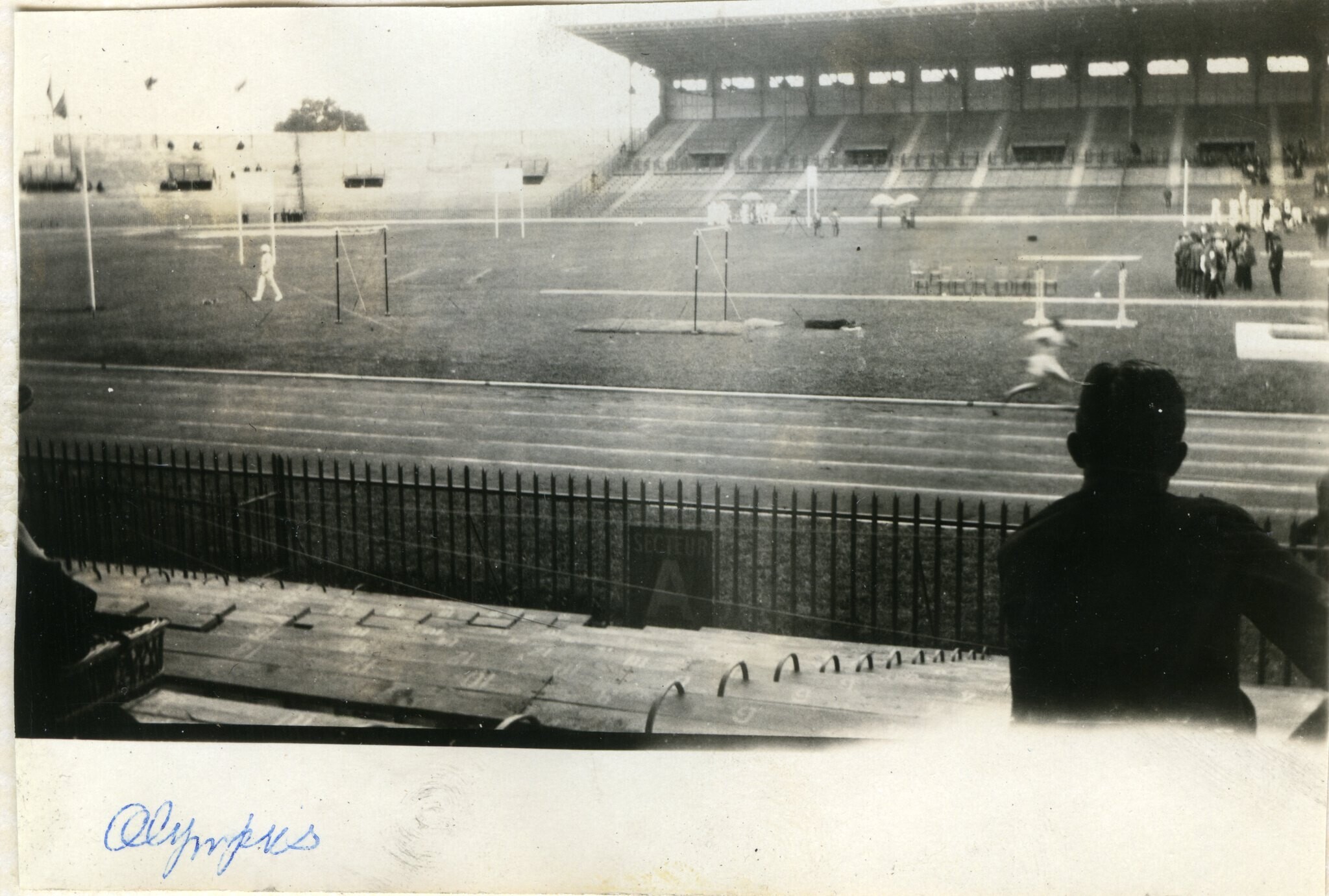
2024 is an Olympics year! Vermont is mostly known for its winter sports, and while most of the state's Olympians have attended the winter games, there are plenty who've taken part in the summer games. Paris is currently hosting the 2024 Summer Olympics, and three Vermonters are taking part: William Bender (rowing), Ilona Maher (rugby), and Elle St. Pierre (track and field). Their presence means that they're joining a unique group of individuals: the select few from Vermont (or who've spent a significant amount of time here) who've participated in the international event.
This year's event marks a particular milestone: the last time the Olympics were held in Paris was a century ago, and Vermonters were taking part on the field. One such individual was Captain Ernest N. Harmon, who was one of four members of Team USA who took part in the Modern Pentathlon.
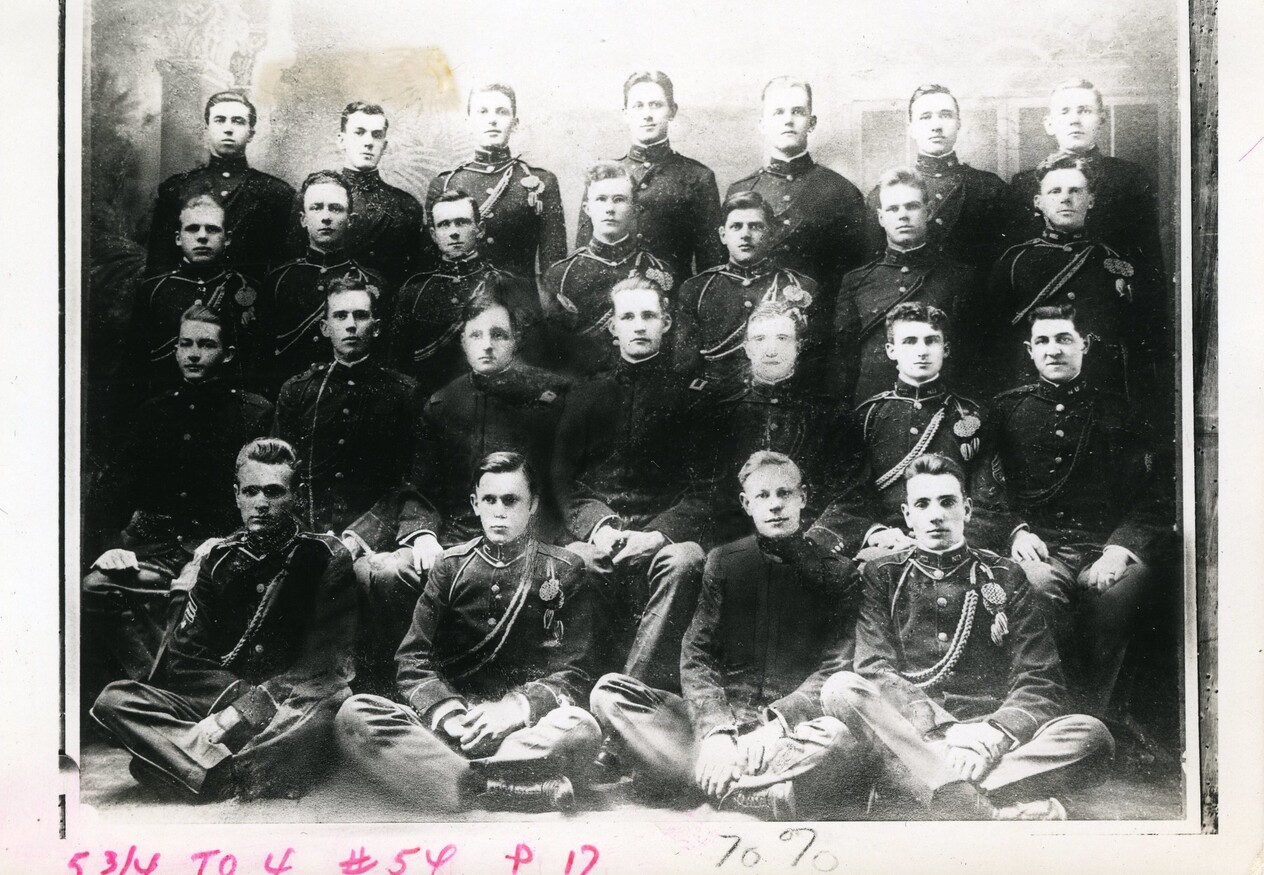
Harmon as a Norwich cadet, 3rd row, 3rd from left. Image: Norwich University Special Collections.
Harmon was born in Lowell, Massachusetts on February 26th, 1894. He lost both of his parents when he was ten, and was raised by his relatives, John and Minnie Durant, of West Newbury, Vermont. After graduating from the Bradford Academy, he enrolled at Norwich University in Northfield. Harmon remained there for a year before accepting an appointment at the United States Military Academy at West Point. While there, he was active in a variety of sports: boxing, football, hockey, and horse riding.
After he graduated from West Point in 1917, Harmon returned to Vermont by way of the 2nd Cavalry Regiment, which was stationed at Fort Ethan Allen in Colchester. When the US entered the First World War, Harmon's unit was deployed to France, where he fought in the St. Mihiel Offensive (September 12-15, 1918), and the Meuse-Argonne Offensive (September 26th through November 11th, 1918). When the war ended, Harmon returned to the US and eventually took up a teaching position at West Point in 1921.
With the Olympics coming up, Harmon decided to try out for the U.S. team, electing to compete in the Modern Pentathlon event. This is a multi-sport event that was designed to showcase the skills that soldiers utilized: in 1924 it included fencing, swimming, equestrian, shooting, and cross country running. In his 1970 autobiography, Combat Commander: Autobiography of a Soldier, Harmon wrote "I took a cool and analytical look at my talents and deficiencies. I had never had much chance to swim as a youngster, and that was my weakest point. I could ride, I could shoot, and with a chest and lungs like a blacksmith's bellows, I knew I could outlast most competitors on a distance run. But at fencing I wasn't worth a damn. West Point experts told me my only chance was to be so aggressive at the start of a match that cautious and more skillful opponents might be caught off guard."
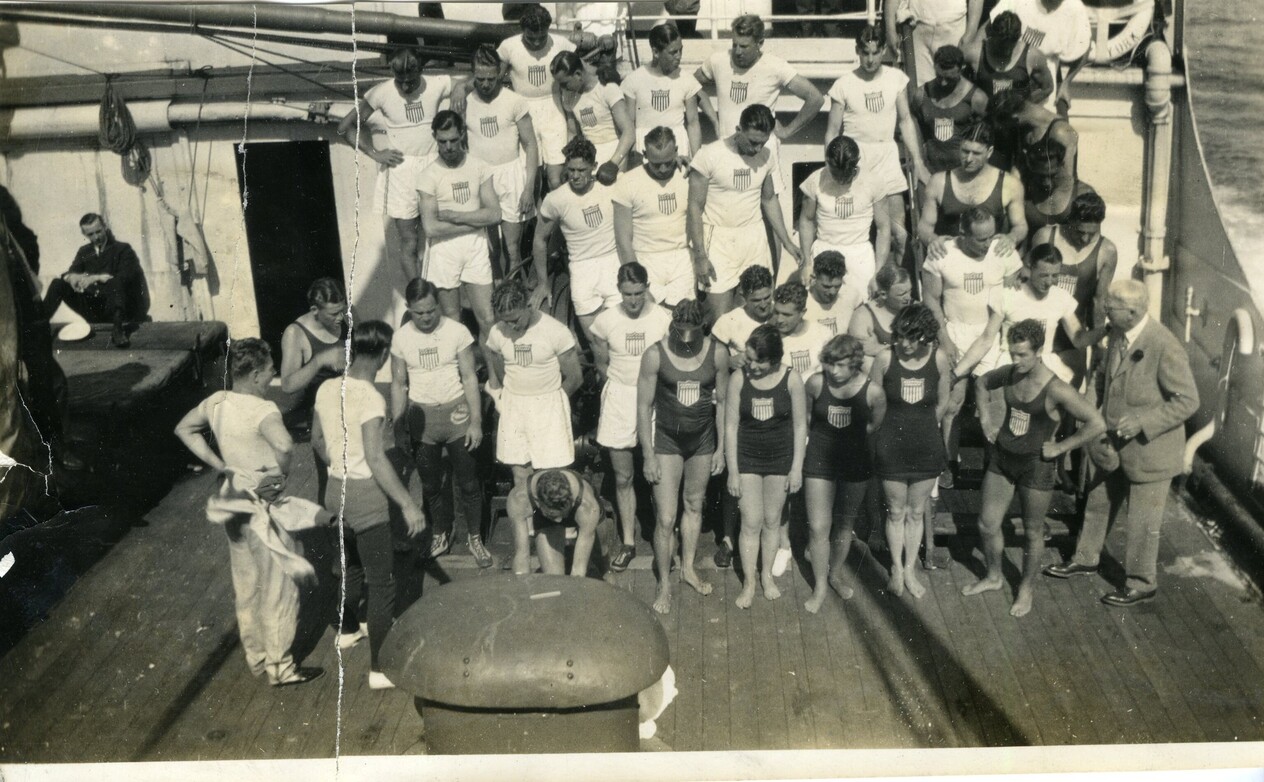
Members of Team USA aboard the U.S.S. America on its way to Paris, France. Image: Norwich University Special Collections.
Harmon ended up qualifying for the Olympics that year, and he was named the captain of their four-person team. Harmon and the rest of his team boarded the U.S.S. America and departed for France. The 1924 Olympics were held between July 5th and 27th, and in the leadup, Harmon took photographs of his teammates, the Olympic village, and some of the other activities. Those images have been preserved by Norwich University's Special Collections.
Once on the field, Harmon placed 31st overall in the Modern Pentathlon, writing in his book that "I did well in riding, shooting, and running-and have the medals to show for it. I was a bust as a swimmer, and my aggressiveness didn't fool European fencers very long; they waited awhile and then coolly dispatched me." Sweden's athletes took home the gold, silver, and bronze medals from the event.
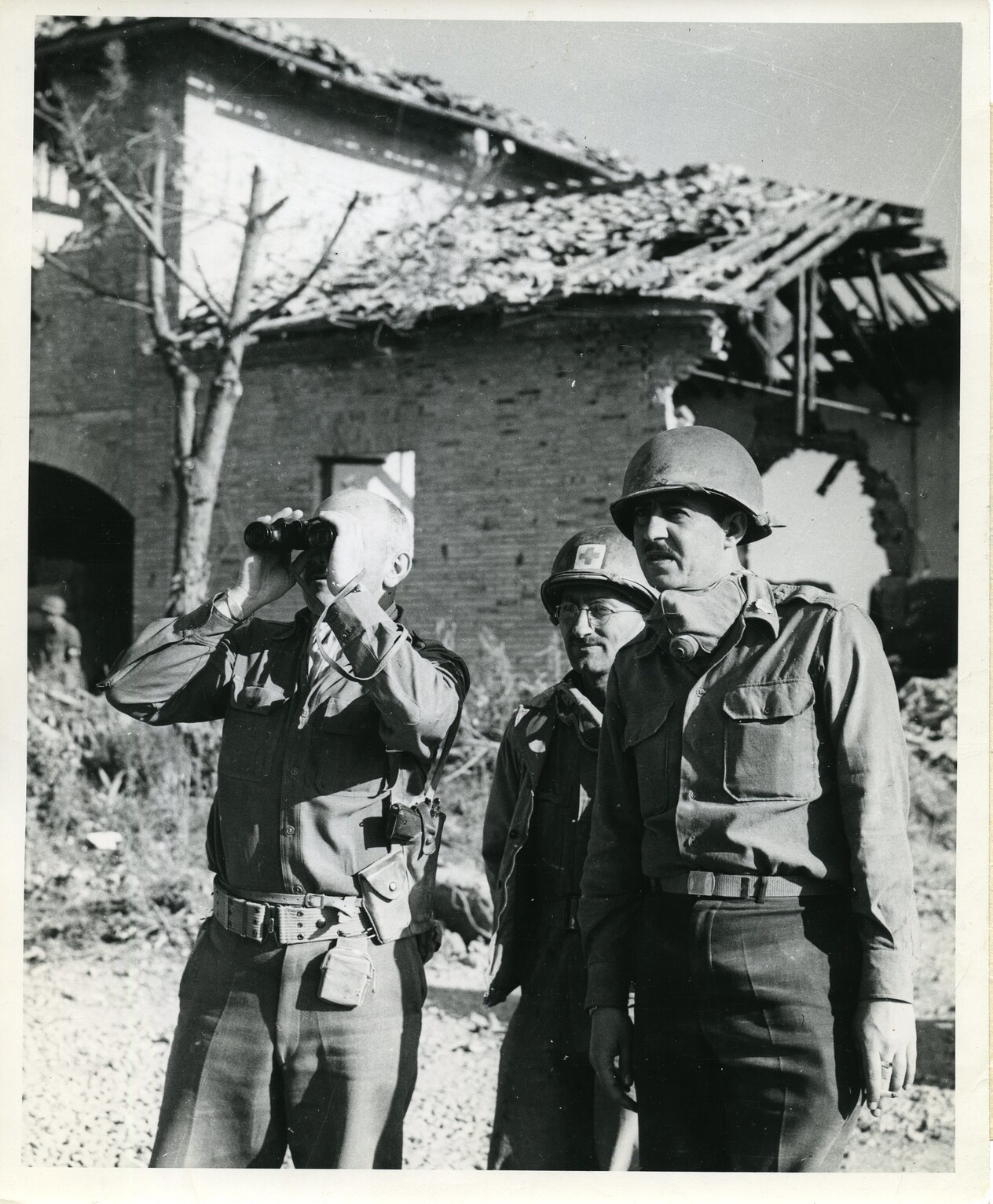
Harmon (left, with binoculars) in 1944 with the 1st Armored Division as it entered Rome. Image: Norwich University Special Collections.
Following the Olympics, Harmon returned home and became the Commandant of Cadets at Norwich University, where he taught military science for four years. From there, he rose through the ranks in the U.S. Army and remained with the cavalry as it transitioned from horses to armored vehicles, putting him in line to play pivotal roles leading the 1st and 2nd Armored Divisions during the Second World War. Following his service there, he returned once again to Norwich, this time as its President, where he served until 1965. He died in 1979.
Harmon led an interesting life, one that can be summed up as a life of service. That came in all forms: through his military career, as an educator, and representing his country a century ago during the Paris Olympics.
